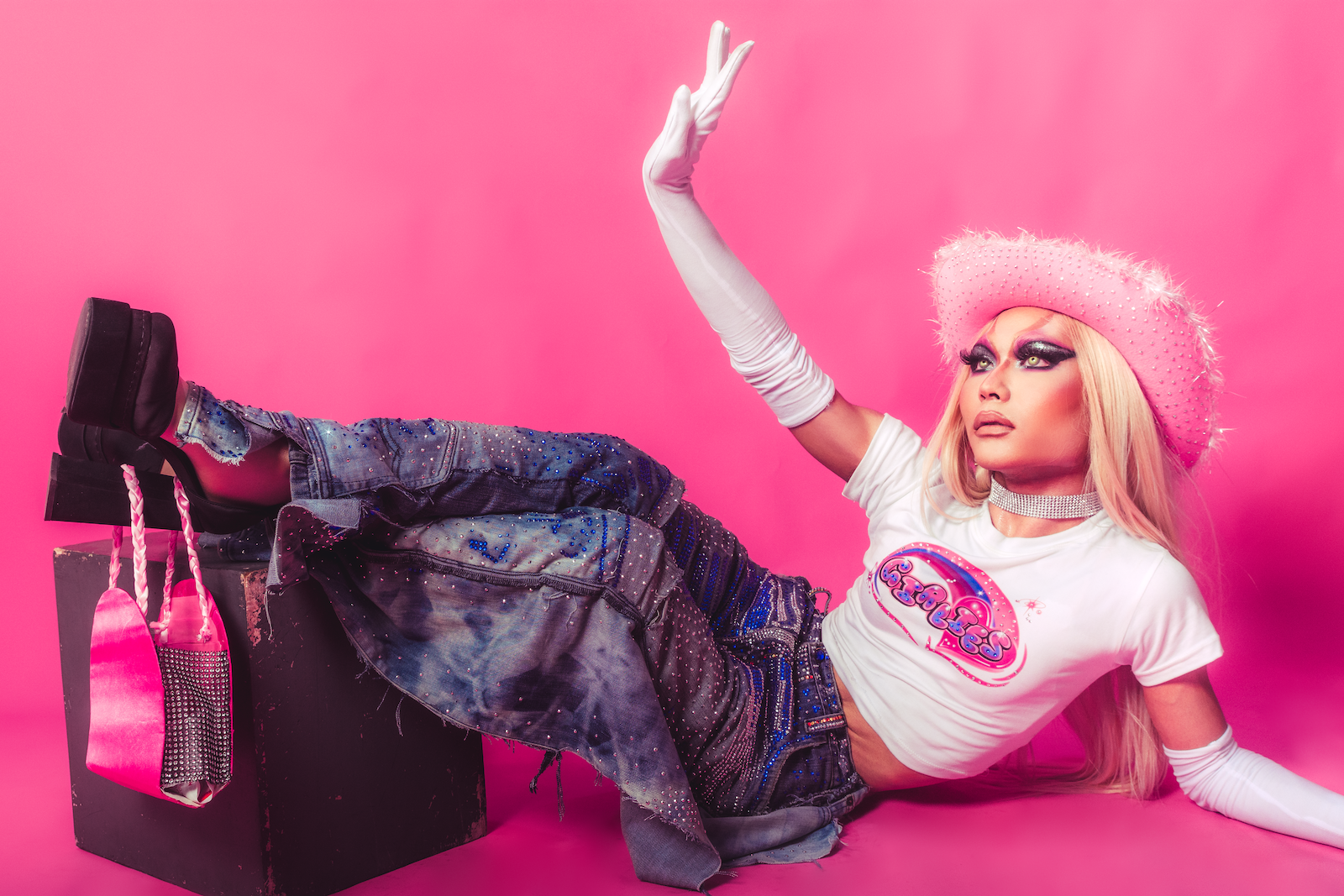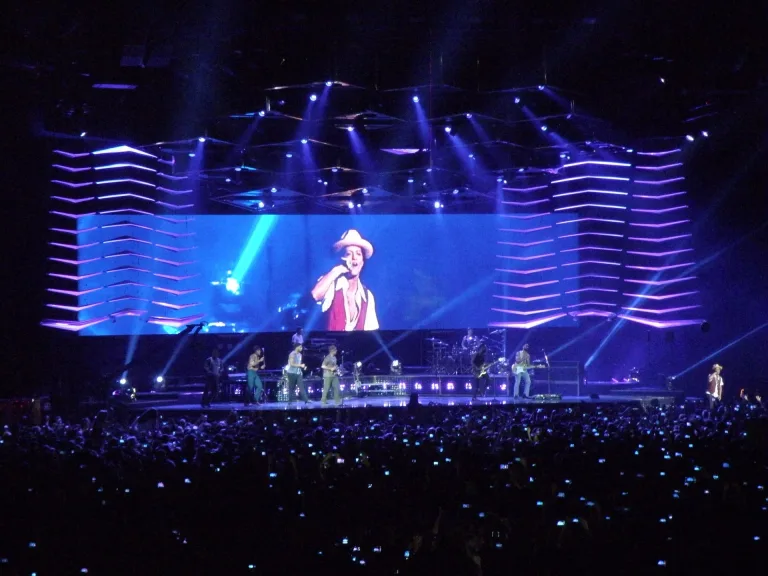25 Interesting Facts About Y2K Fashion (Unveiled)
1. Y2K fashion refers to the fashion trends and styles that were popular during the late 1990s and early 2000s, especially around the time of the new millennium (Y2K).
Y2K fashion encapsulates the sartorial choices that defined the turn of the century, capturing the spirit and aesthetic of the late 1990s and early 2000s. It was a period of transition and anticipation as people prepared for the new millennium.
The fashion during this time was influenced by a mix of futuristic elements, technological advancements, and a resurgence of retro styles from previous decades. Y2K fashion encompassed a range of styles and trends that reflected the cultural shifts and aspirations of the era.
2. The term “Y2K” stands for “Year 2000,” and it was coined to describe the anticipation and potential issues associated with the arrival of the new millennium.
Y2K became a widely recognized term as the year 2000 approached, symbolizing the significant transition from the 20th century to the 21st century.
The abbreviation “Y2K” referred to the Year 2000, and it gained prominence due to concerns about the potential impact of the Y2K bug, a computer programming issue that could have caused disruptions in various systems.
The term came to represent the excitement, anxiety, and preparations associated with the turn of the millennium.
3. Y2K fashion was characterized by a mix of futuristic elements, technological influences, and a revival of retro styles from previous decades.
Y2K fashion drew inspiration from the future and technology, resulting in a distinctive aesthetic that blended futuristic elements with a touch of nostalgia. It embraced the idea of progress and innovation, often incorporating metallic fabrics, holographic materials, and space-age designs.
At the same time, Y2K fashion revived styles from the past, infusing them with a modern twist. This combination of futuristic and retro elements created a unique and eclectic fashion landscape.
4. One of the prominent fashion trends of the Y2K era was the rise of low-rise jeans, which were often paired with crop tops or belly-baring tops.
Low-rise jeans became an iconic fashion trend during the Y2K era, with their waistlines sitting below the natural waist, accentuating the hips and creating a youthful and playful look.
They were often paired with crop tops or belly-baring tops, allowing for a glimpse of the midriff and adding a touch of flirtatiousness to outfits. Low-rise jeans symbolized the casual and carefree vibe of the time and became a staple in many wardrobes.
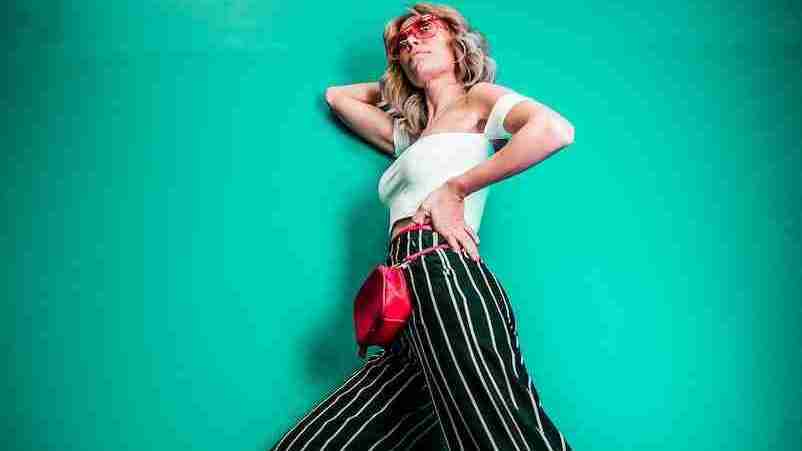
5. Another popular trend was the “babydoll” style, featuring short, flowy dresses or tops with empire waistlines and delicate details like lace or ruffles.
The “babydoll” style gained popularity during the Y2K era, offering a feminine and romantic look. It featured short dresses or tops with empire waistlines, creating a relaxed and flattering silhouette.
The use of delicate details like lace, ruffles, and floral prints added a whimsical and ethereal touch to the garments. The babydoll style embodied a sense of innocence and youthfulness, often accompanied by strappy sandals or chunky platform shoes to complete the outfit.
6. Logomania was a prevalent trend during this period, with prominent fashion brands displaying their logos prominently on clothing and accessories.
Y2K fashion witnessed a surge in logomania, where brand logos were prominently featured on various garments and accessories. High-end fashion brands, as well as sportswear labels, capitalized on this trend by emblazoning their logos across t-shirts, hoodies, bags, and other items.
Logomania became a way for individuals to showcase their affinity for certain brands and to embrace a sense of status and identity. This trend contributed to the overall bold and conspicuous nature of Y2K fashion, as logos became a statement of style and luxury.
7. Y2K fashion embraced vibrant colors and bold patterns, such as neon shades, tie-dye, and psychedelic prints, reflecting the exuberance of the era.
Color played a significant role in Y2K fashion, with vibrant hues and bold patterns taking center stage. Neon shades, ranging from electric green to hot pink, were particularly popular, adding an energetic and eye-catching element to outfits.
Tie-dye, reminiscent of the 1960s counterculture, made a comeback with its swirling bursts of color. Psychedelic prints, inspired by the art and music of the 1960s and 1970s, also found their way into Y2K fashion, creating visually striking and attention-grabbing looks. These vibrant colors and patterns were a reflection of the exuberance and optimism of the era.
8. Accessories played a significant role in Y2K fashion, with oversized sunglasses, chunky platform shoes, and statement jewelry being popular choices.
Y2K fashion embraced accessorizing as a way to elevate and personalize outfits. Oversized sunglasses, reminiscent of those worn by celebrities, became a must-have accessory, adding a touch of glamour and sophistication.
Chunky platform shoes were also in high demand, offering both height and a bold statement. Statement jewelry, such as oversized hoop earrings, layered necklaces, and chunky bracelets, further embellished Y2K looks.
Accessories were an essential part of the overall aesthetic, allowing individuals to experiment with different styles and make a fashion statement.
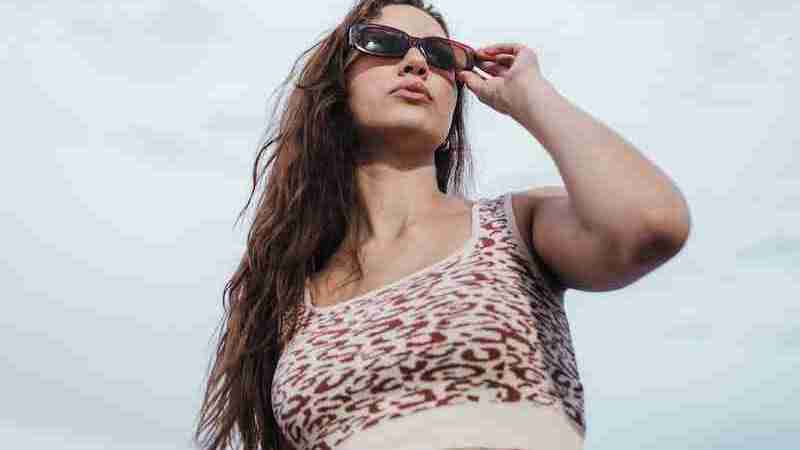
The style that prevails to this day.
9. Celebrities like Britney Spears, Christina Aguilera, and the Spice Girls heavily influenced Y2K fashion with their daring and flashy outfits.
The influence of celebrities on Y2K fashion cannot be overstated. Pop icons like Britney Spears, Christina Aguilera, and the Spice Girls set trends and became style icons for many. Their daring and flashy outfits, featuring midriff-baring tops, low-rise jeans, and eye-catching ensembles, inspired countless fashion choices.
The youthful and provocative looks showcased by these celebrities resonated with the spirit of the era and became aspirational for many. Their influence played a significant role in shaping the overall aesthetic of Y2K fashion and contributed to its widespread popularity.
10. Denim was a staple fabric in Y2K fashion, often seen in different forms like flared jeans, denim skirts, and denim jackets.
Denim held a prominent place in Y2K fashion, with various denim pieces being wardrobe-essentials. Flared jeans, reminiscent of the 1970s, made a comeback during this era. They were often worn with platform shoes, creating a long and lean silhouette.
Denim skirts, ranging from mini to midi lengths, were popular for their versatility and ability to be dressed up or down. Denim jackets, both classic and distressed, added a cool and casual element to outfits. Denim-on-denim looks, also known as the Canadian tuxedo, became a popular styling choice, showcasing a double dose of denim.
The durability and timeless appeal of denim made it a go-to fabric for many fashion enthusiasts during the Y2K era.
11. Tracksuits and athleisure wear gained popularity during the Y2K era, reflecting the growing influence of streetwear and casual fashion.
The Y2K era witnessed the rise of tracksuits and athleisure wear as prominent fashion trends. Inspired by streetwear and the growing emphasis on comfort and casual style, tracksuits became a go-to choice for both men and women.
Matching sweatshirts and sweatpants in vibrant colors or with sporty logos created a coordinated and effortlessly cool look. Athleisure wear, which blurred the lines between sportswear and everyday clothing, became increasingly popular.
Leggings, hoodies, and sneakers became wardrobe staples, not just for exercise but for creating fashion-forward outfits. This shift towards a more relaxed and sporty aesthetic reflected the changing lifestyle and priorities of the Y2K generation.
12. Y2K fashion also embraced futuristic and cyber-inspired elements, such as holographic fabrics, space-age patterns, and robotic motifs.
The fascination with the future and technology in the Y2K era translated into fashion through futuristic and cyber-inspired elements. Holographic fabrics, with their iridescent and reflective qualities, added an otherworldly touch to garments.
Space-age patterns, featuring geometric shapes, metallic accents, and cosmic motifs, created a sense of being in a sci-fi realm. Robotic motifs, such as circuit board prints and mechanical-inspired details, further reinforced the futuristic theme.
These elements injected a sense of innovation and imagination into Y2K fashion, pushing boundaries and exploring the possibilities of fashion in the digital age.

13. The popularity of crop tops and midriff-baring fashion during this period led to the rise of belly button piercings as a popular accessory.
Y2K fashion embraced the trend of crop tops and midriff-baring fashion, with many individuals confidently showcasing their midsections. This trend, which emphasized a youthful and playful aesthetic, also gave rise to the popularity of belly button piercings. Belly button piercings became a fashionable and stylish accessory, often complementing the exposed midriffs.
The piercing added a touch of edginess and individuality to the overall look. It became a symbol of self-expression and a way to further personalize Y2K fashion choices. The combination of crop tops and belly button piercings became an iconic representation of the era’s fashion and youth culture.
14. The rise of technology and the internet during the Y2K era inspired fashion trends like pixelated prints and graphics, representing the digital age.
During the Y2K era, technological advancements and the growing influence of the internet had a profound impact on fashion. One trend that emerged was the incorporation of pixelated prints and graphics, symbolizing the digital age.
Pixelated prints featured blocky, geometric patterns resembling computer pixels, adding a tech-inspired aesthetic to clothing. Graphic elements influenced by the digital realm, such as bold shapes and abstract patterns, were also popular.
15. Baggy and oversized clothing became fashionable during the Y2K era, with wide-leg pants, oversized shirts, and slouchy sweaters being popular choices.
The Y2K era witnessed a shift towards baggy and oversized clothing. Wide-leg pants, characterized by their loose fit from waist to ankle, became a fashion staple. Paired with oversized shirts or slouchy sweaters, this style created a relaxed and effortless look.
The popularity of oversized clothing was influenced by the rise of streetwear and the desire for comfortable yet stylish attire. The trend allowed for freedom of movement and a departure from the body-hugging silhouettes of previous decades. Baggy and oversized fashion became a symbol of casual coolness and reflected the laid-back attitude of the Y2K era.
16. Layering was a key styling technique in Y2K fashion, combining different textures, colors, and lengths to create unique and eclectic outfits.
Layering was a prominent styling technique in Y2K fashion, allowing individuals to create visually interesting outfits by combining various garments. This approach involved layering different textures, colors, and lengths to achieve a unique and eclectic look. For example, a t-shirt might be worn under a slip dress, paired with a cropped jacket or an oversized cardigan.
Layering not only added depth and dimension to outfits but also provided practicality, allowing individuals to adjust their clothing to changing weather conditions. The versatility of layering in Y2K fashion allowed for endless possibilities in personal expression and style experimentation.
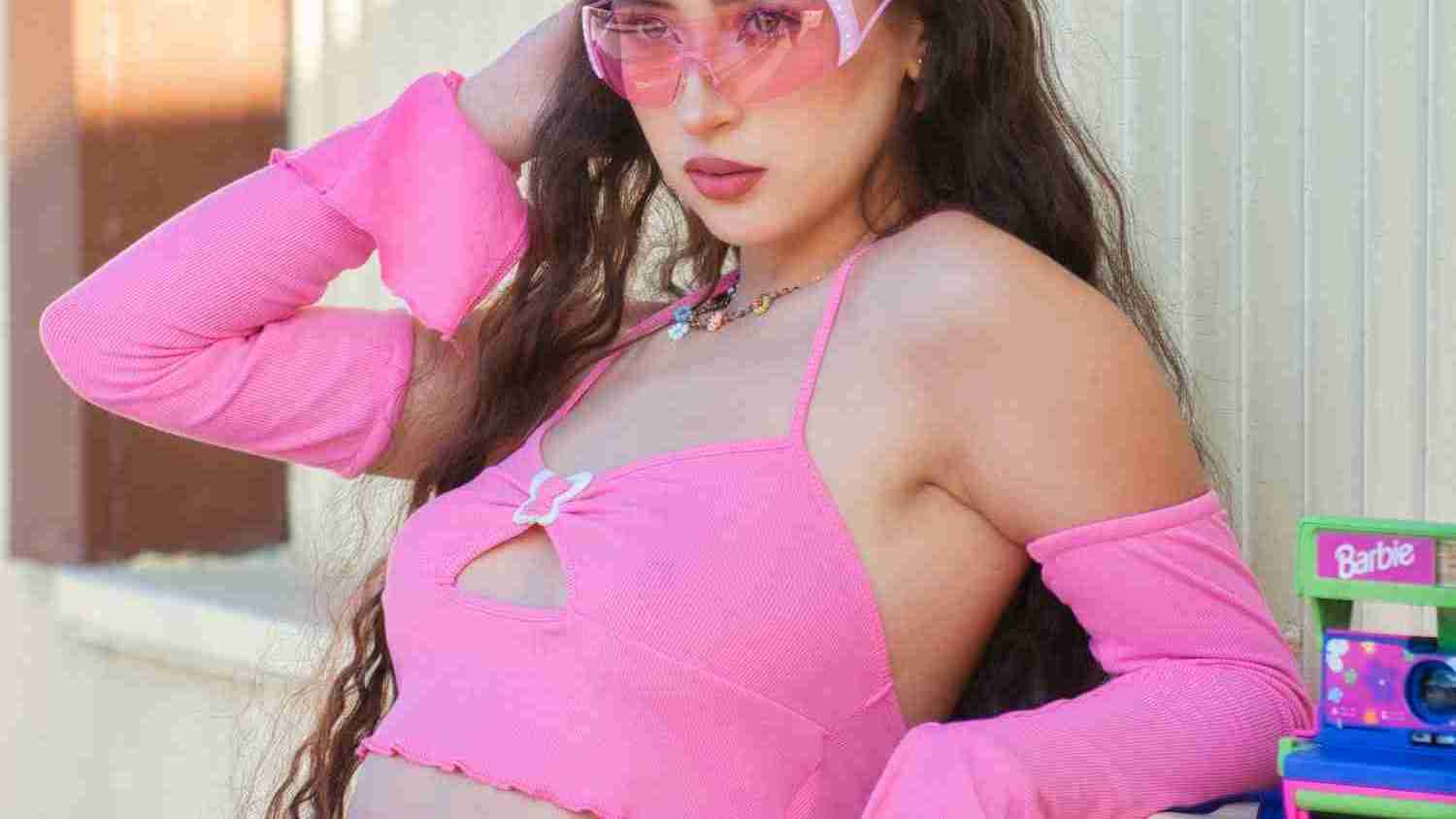
17. Animal prints, especially leopard print, were widely embraced in Y2K fashion, adding a touch of boldness and glamour to outfits.
Animal prints, particularly leopard print, experienced a resurgence during the Y2K era and became a popular fashion choice. The bold and eye-catching patterns added a touch of wildness and glamour to outfits.
Leopard print, with its distinctive spots, was often incorporated into various clothing items, including dresses, tops, skirts, and accessories. It exuded a sense of confidence and boldness, allowing individuals to make a statement with their fashion choices.
Animal prints, including zebra and snake prints, contributed to the eclectic and adventurous nature of Y2K fashion, providing an element of excitement and visual interest to ensembles.
18. Y2K fashion saw a resurgence of 1970s and 1980s fashion influences, with elements like disco-inspired jumpsuits, shoulder pads, and retro prints making a comeback.
The Y2K era embraced a wave of nostalgia, leading to the resurgence of fashion influences from the 1970s and 1980s. Elements such as disco-inspired jumpsuits, shoulder pads, and retro prints became prominent in Y2K fashion.
Disco jumpsuits, featuring wide legs and flashy materials like sequins and metallic fabrics, added a touch of glamour and captured the spirit of the disco era. Shoulder pads made a bold comeback, adding structure and power to blazers, dresses, and tops.
19. The rise of technology and the internet also influenced the popularity of cyberpunk fashion during the Y2K era, characterized by futuristic aesthetics and dystopian themes.
The advancements in technology and the increasing presence of the internet had a profound impact on fashion during the Y2K era. This influence gave rise to cyberpunk fashion, which embraced futuristic aesthetics and drew inspiration from dystopian narratives.
The style incorporated elements like metallic fabrics, neon accents, and edgy silhouettes, reflecting a society deeply entrenched in a digital world. Cyberpunk fashion often featured sleek, form-fitting garments adorned with technological motifs such as circuit patterns and robotic details. It embraced a dark color palette, with shades of black, silver, and bold pops of electric blue or neon green.
20. Platform shoes experienced a resurgence during the Y2K era, with chunky platforms and towering heels adding height and a statement element to outfits.
Platform shoes made a notable comeback during the Y2K era. The fashion landscape witnessed the revival of chunky platforms and towering heels, adding height and a statement element to outfits. These shoes came in various styles, including platform sneakers, sandals, and boots. The chunky platforms were often made of thick rubber or foam, providing both comfort and a bold fashion statement.
The added height from platform shoes created a sense of confidence and power, while the chunky design added an edgy and rebellious touch to Y2K outfits. Platform shoes were often paired with flared jeans, mini skirts, or dresses, creating a visually striking combination of proportions.
Whether in bold colors or metallic finishes, platform shoes were a must-have accessory that perfectly complemented the eclectic and daring nature of Y2K fashion.
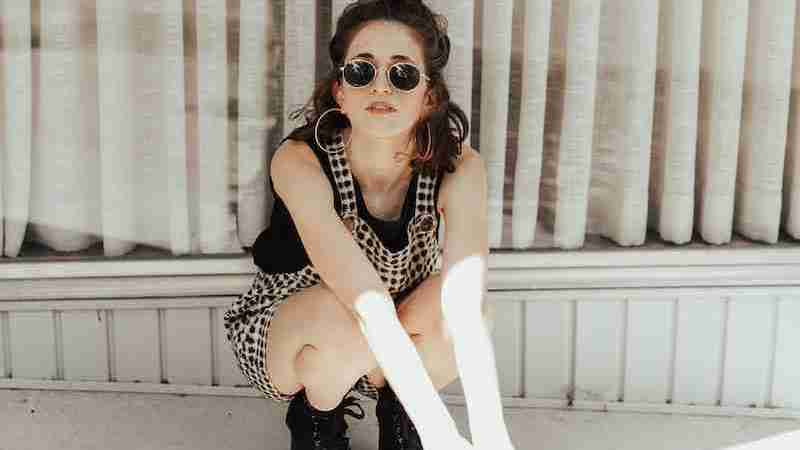
21. The Y2K era marked the transition from analog to digital, which was reflected in fashion through the use of digital prints, LED lights, and futuristic accessories.
As the world embraced the digital age, fashion mirrored this shift during the Y2K era. The transition from analog to digital was evident in the use of digital prints, where pixelated graphics and abstract patterns became popular in clothing.
LED lights were incorporated into garments, creating illuminating accents and adding a futuristic touch. Accessories like transparent bags and belts with built-in electronic components further exemplified the integration of technology into fashion.
22. Metallic fabrics and futuristic materials like PVC (polyvinyl chloride) were frequently used in Y2K fashion, creating a space-age aesthetic.
Y2K fashion embraced the concept of the future, and one way this was expressed was through the use of metallic fabrics and futuristic materials. Shimmering silver, gold, and other metallic tones were popular choices for clothing items, giving them a futuristic sheen.
PVC, a versatile synthetic material, was also widely utilized, lending a sleek and glossy appearance to garments. These materials added a sense of innovation and a distinctly futuristic vibe to Y2K fashion, creating outfits that looked like they belonged in a sci-fi setting.
23. DIY fashion and customization became popular during the Y2K era, with people personalizing their clothing with patches, pins, and DIY embellishments.
Y2K fashion encouraged individuality and self-expression, leading to the popularity of DIY fashion and customization. People took their clothing into their own hands, adding personal touches to create unique pieces.
Patches, pins, and embroidery were commonly used to customize denim jackets, backpacks, and jeans, showcasing individual style and interests. DIY embellishments such as rhinestones, studs, and sequins allowed individuals to transform ordinary garments into statement pieces.
This DIY culture empowered fashion enthusiasts to embrace their creativity and make a personal statement through their clothing.
24. Y2K fashion was known for its maximalist approach, often combining multiple trends and styles in one outfit, resulting in bold and eclectic looks.
Y2K fashion embraced a maximalist aesthetic, where more was considered better. It was common to see outfits that combined multiple trends and styles in a single look. This approach involved mixing and matching vibrant colors, patterns, and textures.
It wasn’t uncommon to find a bold printed top paired with a contrasting patterned skirt, accessorized with chunky jewelry and statement shoes. The result was a visually stimulating ensemble that captured the exuberance and boldness of the Y2K era.
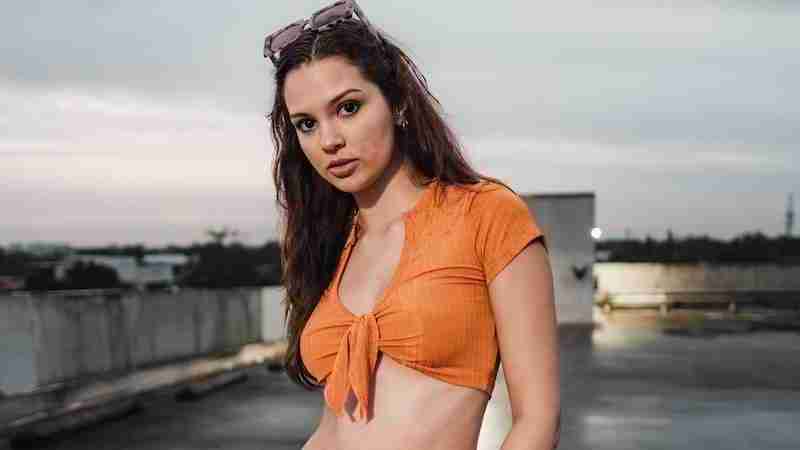
25. Cargo pants were a notable trend in Y2K fashion, with their numerous pockets and utilitarian aesthetic gaining popularity among both men and women.
Cargo pants became a prominent fashion trend during the Y2K era. Known for their utilitarian appeal, cargo pants featured multiple pockets on the sides, offering functionality and a distinctive aesthetic.
Both men and women embraced this trend, incorporating cargo pants into their everyday outfits. They were often styled with crop tops, oversized shirts, or hoodies to create a balanced silhouette. Cargo pants provided a blend of style and practicality, offering ample storage space while adding a touch of ruggedness to the overall look.
FAQs
Y2K fashion refers to the clothing trends and styles that were popular during the late 1990s and early 2000s, particularly leading up to the year 2000. It was characterized by bold and eclectic looks, futuristic elements, and a mix of retro and modern influences.
Y2K fashion embraced a range of trends. Some notable ones include low-rise jeans, crop tops, butterfly hair clips, cargo pants, platform shoes, chokers, mini skirts, velour tracksuits, and metallic fabrics. It was a time when fashion became more experimental and reflected the spirit of the new millennium.
Yes, Y2K fashion has experienced a resurgence, with many fashion trends from that era making a comeback. Influenced by nostalgia and a desire for unique and expressive styles, people are rediscovering and reinterpreting Y2K fashion in modern ways. It can be seen in streetwear, runway collections, and popular culture references.
Yes, several celebrities and pop culture figures became style icons during the Y2K era. Some notable examples include Britney Spears, Christina Aguilera, Destiny’s Child, the Spice Girls, and Paris Hilton. Their fashion choices, often characterized by bold and daring looks, influenced many young people at the time.
Yes, Y2K fashion often incorporated futuristic elements and technology-inspired designs. Clothing with built-in electronics, such as light-up accessories and garments with LED lights, were popular. Additionally, materials like PVC and metallic fabrics were used to create a futuristic aesthetic.

